Photo by Yassine Khalfalli on Unsplash
Inflation just gave the Fed what it needs to see to believe it can still touch down with a perfect soft landing by cutting interest rates a notch in September. As regular readers know, I’ve held my ground for well over a year, maybe two, in going against the loud chorus of investors, pundits, and brokers who continually claimed the Fed pivot was right around the corner.
I’ve said all along the way, “No pivot.” Of course, it has all taken so long at this point that no one could reasonably call it a pivot if the Fed does cut now. It will be, as I said a while back, more like the Queen Mary listing to one side as she navigated a slow, sweeping turn in a two-mile arc. Having held out against the predictions of rate cuts before each FOMC meeting this year, we’re now finally at the point where, even though I said I did not believe there would be any cut this year, we may likely see the Fed cut in September.
The Fed now sees what it needs to see in inflation and in a turn in labor that was significant enough to trip the Sahm Rule. So, it finally has both of the reasons I’ve said it needs, even though the Sahm Rule also affirms, as I’ve claimed would be the case once we got to the Fed turn-in policy, that we will be well into recession before the Fed makes its first cut. The Sahm Rule, which tripped past its line of demarcation for the start of a recession this month, says we started a recession three months prior to this month because it always triggers three months after the real recession has begun. I’d argue we entered one longer ago than that because pandemic-twisted labor data skewed the Sahm Rule to arrive late, too, but let’s not quibble. The important point is that we’re already in a recession.
In fact, the Sahm Rule was created because sometimes GDP is not accurate, given that it is subject to some government manipulation from time to time, and sometimes REAL GDP is even less accurate because it subtracts out inflation, which is also subject to government manipulation from time to time. You can do a lot with seasonal adjustments when you need to. The Sahm Rule was created to try to sidestep the politics.
Anyway, enough on the Sahm Rule because I’ve covered it a lot. We know, based on its perfect accuracy over the past half-century that we’re in a recession, which means the Fed will, at best, be cutting interest rates almost five months into a recession by the time its September meeting comes.
That is if everything continues to hold right where it is or gets better. There are even more reasons to think things will not get better buried in recent reports, but I’ll be digging into those deeper truths in my Friday Deeper Dive. There are some critical factors to be uncovered there; and, in the past, my uncovering those factors has led to predictions about inflation that pointed us, in each instance, right to where we are. So, we’ll do a little more of that.
At least, that is the plan, so long as WWIII with Iran hasn’t started by then. (A bit more on that below.)
Inflation makes headlines
It was the overall inflation number that got people somewhat enthusiastic, though markets are not melting upward. It was somewhat big news because it not only minimally beat expectations but it took us below 3% YoY for the first time in over three years. So, it cleared another major milestone.
Price hikes slowed more than expected in July, and, for the first time in more than three years, the Consumer Price Index has landed below 3%.
That paves the way for the Federal Reserve to cut rates next month after a yearslong battle with inflation that sent rates spiking to a 23-year high. America’s economy is showing signs of stress, and now that inflation appears under control, the Fed can reduce borrowing costs to try to get job growth booming again.
Consumer prices rose 2.9% for the 12 months ended in July, slowing from June’s 3% annual gain, according to the Bureau of Labor Statistics’ latest CPI report released Wednesday….
“Breaking the 3% barrier is a key psychological positive,” Sung Won Sohn, professor of finance and economics at Loyola Marymount University and chief economist of SS Economics, told CNN in an interview.
Economists had expected the headline rate to come in at 3% YoY.
Core CPI also throttled down to its slowest pace since April 2021.
A quick peak under the hood
To give you a hint of the kinds of things we’ll see verified about my predictions for another rise in inflation to come soon, which I’ll cover in the Deeper Dive, here is one tell of what’s going on:
The cost of owning and renting a home rose 0.4%. That so-called shelter index accounted for nearly 90% of the monthly increase, BLS said in the report.
Of all the things that increased in significance under the hood in CPI, housing suddenly jumped onto the radar screen and, by itself, made up 90% of the increase. That is one of the major contributing factors that I’ve said would be driving up inflation, coming in right on schedule as I’ve given any time from August through September as being the likely arrival window.
It is the monthly number that is important right now. On a year-on-year basis, all housing did was refuse to fall anymore, merely notching down to 5.1% from 5.2% YoY; but slowing its decline to a near stop is what we’d expect to see as we near the point where it will start pushing prices back up again. Month on Month, housing inflation had been slowly declining all year, but in this latest report for July, it doubled from 0.2% to 0.4% MoM. As I’ve said in the past, you have to see it show up in the monthly rates for a bit before it can start changing the YoY figure.
Lag times are not precise, but housing appears to be now in the process of doing what I forecast here for the reasons that I gave, which means it has plenty more to contribute since the turn is just beginning to show.
Still, the mainstream press doesn’t have a clue:
Shelter, which accounts for more than one-third of the overall CPI, has been the biggest impediment to inflation’s descent. However, economists say, it’s only a matter of time before that hurdle gives.
Yes, like, at least, another year because actual prices are still rising on average across America; and what you are seeing now in CPI happened, at least, a year ago.
That’s because the BLS’ measurement of housing-related prices is a very lagged and amorphous process (including estimating the rental value of owner-occupied homes). But in recent months, the shelter index is starting to better reflect the slower, if not flat or falling, rent hikes seen in real life.
Sure, when it comes to rent; but what about those soaring home prices that have the same lag effect?
Housing costs increased dramatically during the pandemic and the economic rebound that followed driven by heightened demand for remote work that put additional strain on already low inventory. The Fed’s drastic interest rate-hiking campaign further exacerbated the issue by making borrowing costs expensive for renters, buyers and builders alike, Brian Bethune, a Boston College economics professor, told CNN.
And this is where the press does not see the obvious. Neither apparently are dim economists. They point out that housing prices have been soaring dramatically, but aim the comment back to when they first started soaring during the start of the Covid crisis. Housing prices have actually contributed much less this year than they had been to CPI because they went down for a while and that downturn finally made it through that long lag. However, as I’ve pointed out in a few articles here on The Daily Doom, housing prices went right back to soaring and soared to heights that were widely higher than anything before. They have done this for over a year now, so what we saw was that the lag effect finally let them START showing through in CPI.
Since they soared for more than a year since they put in that upturn, we should have (in a world of honest accounting) hot housing inflation adding to CPI for more than a year to come. So, this is one of those major inflation pressures I’ve been saying will appear now. It’s here, and there is more to come from the rest of the pressures I’ve talked about, which I’ll lay out in the Deeper Dive, war and peace allowing.
CNN left that key fact out of the equation. What they did give you, though, was,
“What you’re doing is crossing your fingers that [with the rate hikes] somehow the effect on demand will be larger than the effect on supply for the immediate future,” he said. “Because if the situation persists, then the chronic shortage of housing will just get worse.”
Finger crossing that prices will fall. Well, even if they do, the fall won’t help CPI out for, at least, another year (unless the Biden admin turns up the heat on the book cooker).
Because of the lag time in several of the factors I’m tracking, I’ve said the change in inflation may not arrive until shortly after the Fed’s September meeting. In that case, I would expect the Fed to cut rates in September before the various factors show up.
If inflation does rise again, as I believe it is trying to do, the Fed will be lighting a new fire under-inflation by returning to more stimulative times.
Followup on Israel
I’ve witnessed greater interest in the articles I published on Israel this week than I usually see in other articles (about four times the level or reads), so I want to bring one key headline above the paywall for everyone who has followed those articles. The headline, itself, is noteworthy: The leader of Israel’s libertarian Zionist party, Zehut, is now telling Iran, “We have reached the end of days…. We will build the palace of God, the Holy Temple in Jerusalem, our capital.”
I want everyone to be able to see this critical situation of our times even if they are not a paying subscriber, but I encourage you to subscribe and support the writing here if you are finding value in it. There are several other interesting headlines below, updating the Israel-Iran conflict, but I particularly wanted everyone to be aware of this key headline as some national leaders in Israel are pressing to turn the present conflict into a “holy war” against Iran and Islam, instead of just the Gaza/Hamas war that it started out as:
In the name of the God of Israel, we will fight for truth, justice, and freedom. We will destroy you on all fronts. And he [God] who answered Mordecai and Esther and Shushan the capital will answer us in this war. We will achieve a historic victory, the victory of good over evil, the victory of life over death, the victory of blessing over curse. And when we win, we will complete the true vision of our prophets, like in the time of Cyrus, we will build the palace of God, the Holy Temple in Jerusalem, our capital. We will light the menorah, and we will bring freedom, life, and peace to the entire world.
Read the full article here

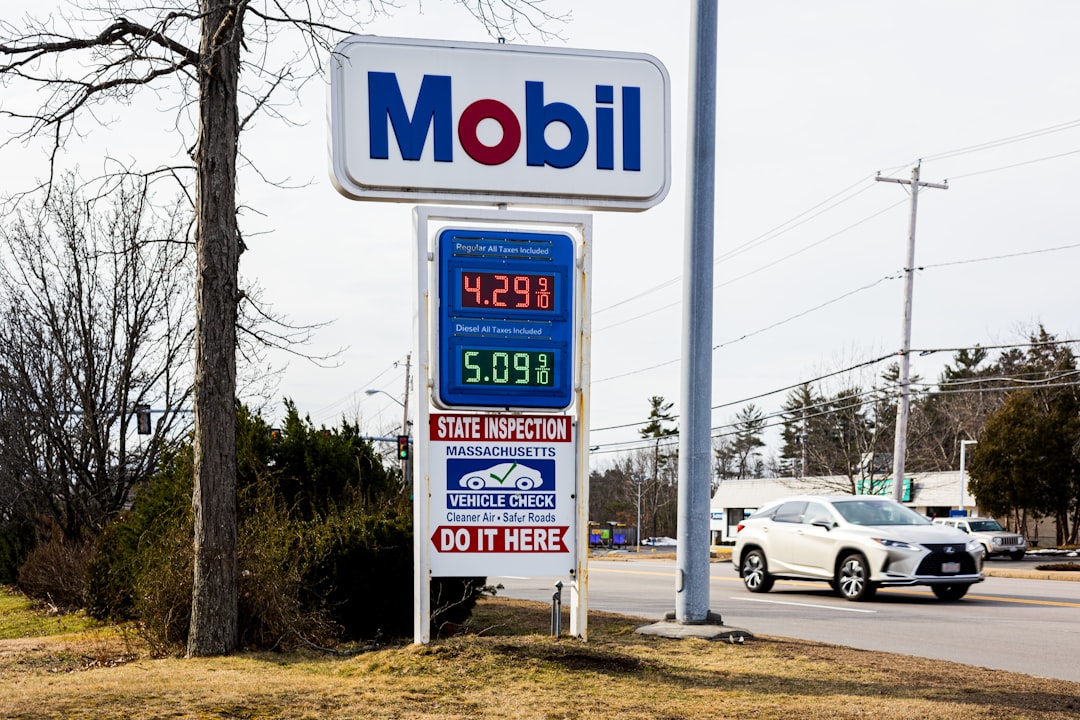
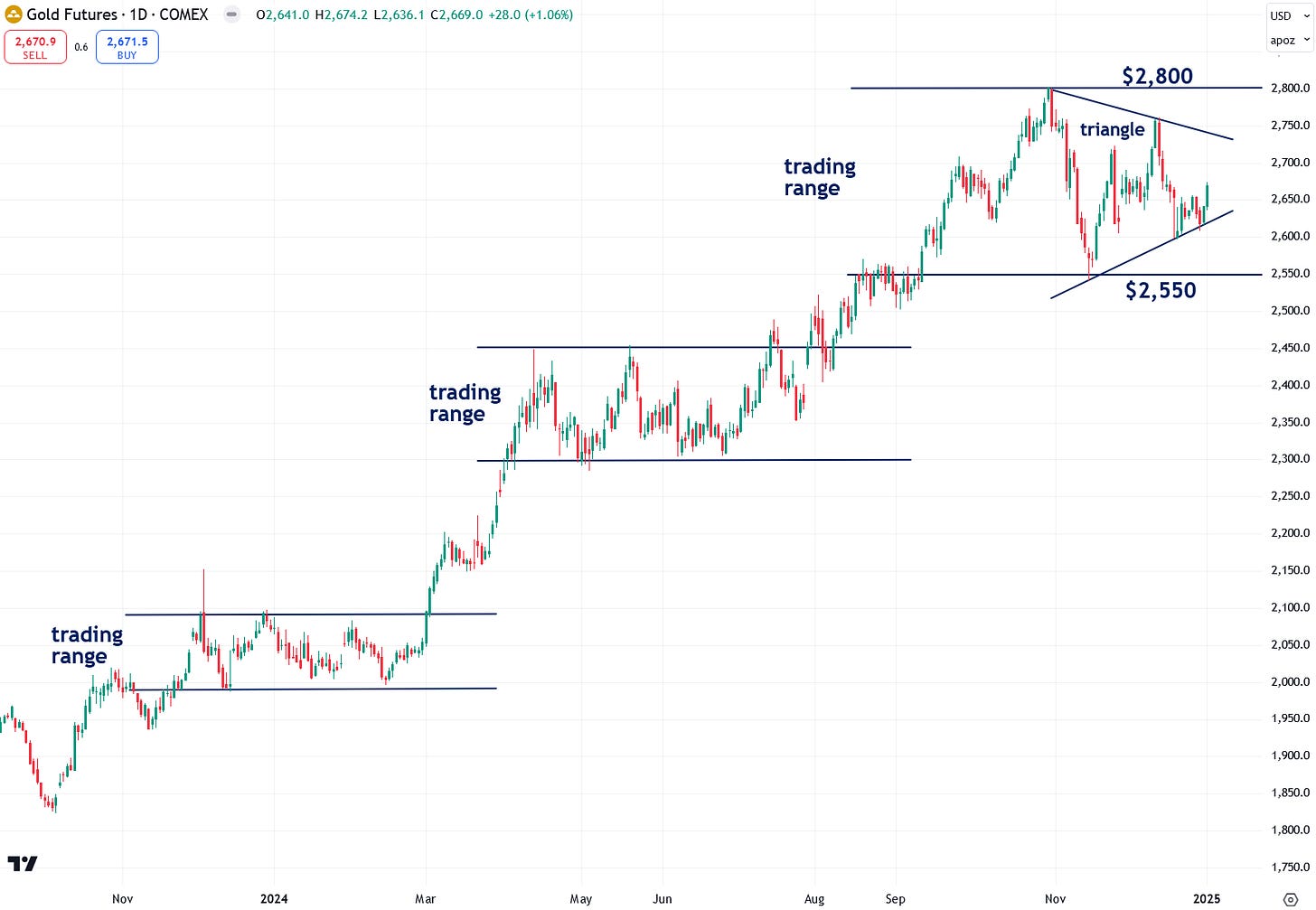





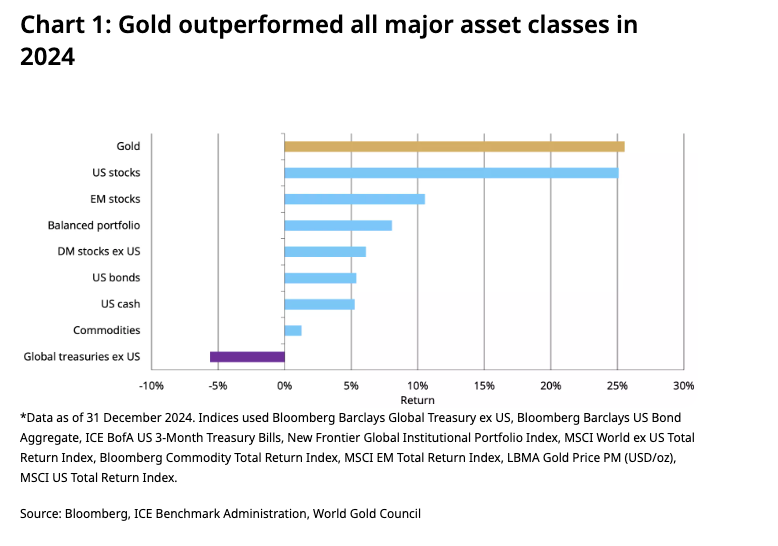
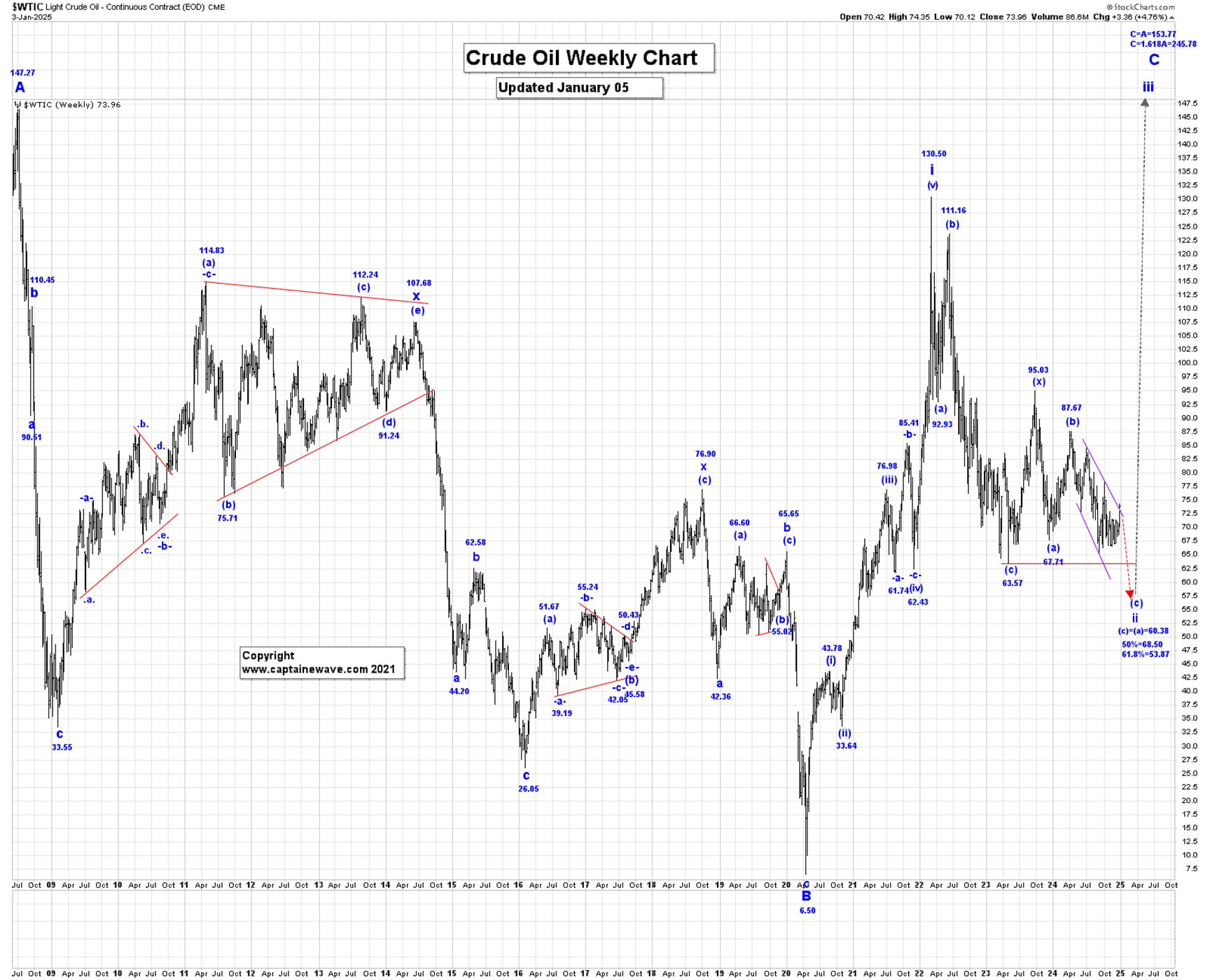
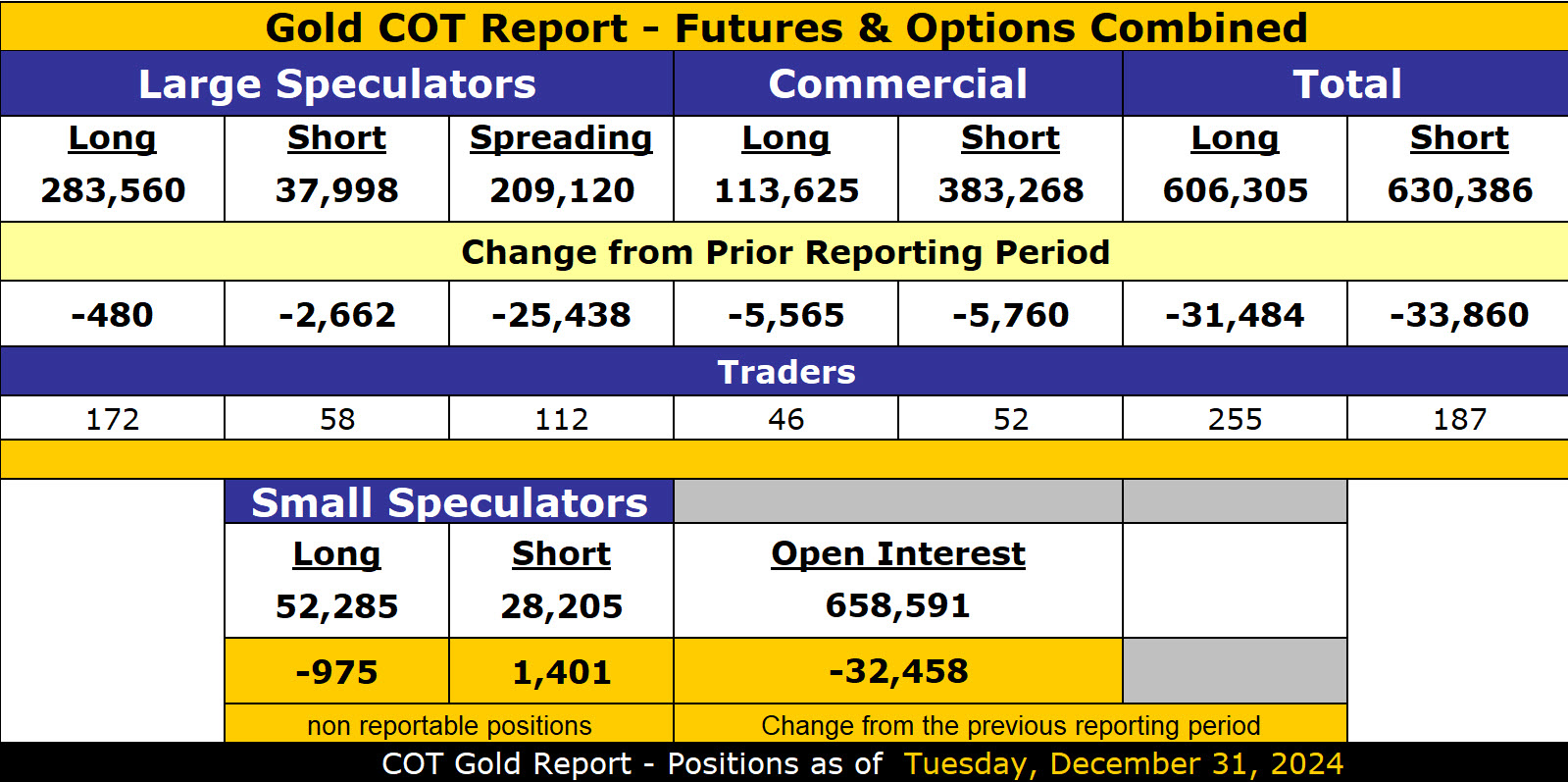
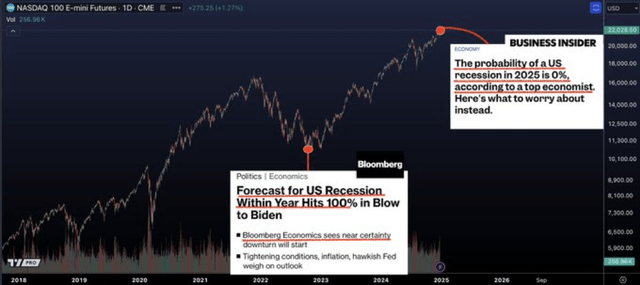
Leave a Reply